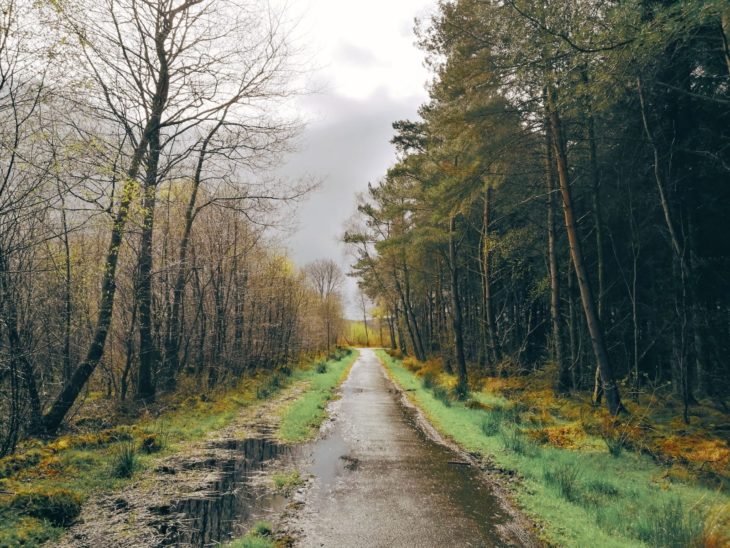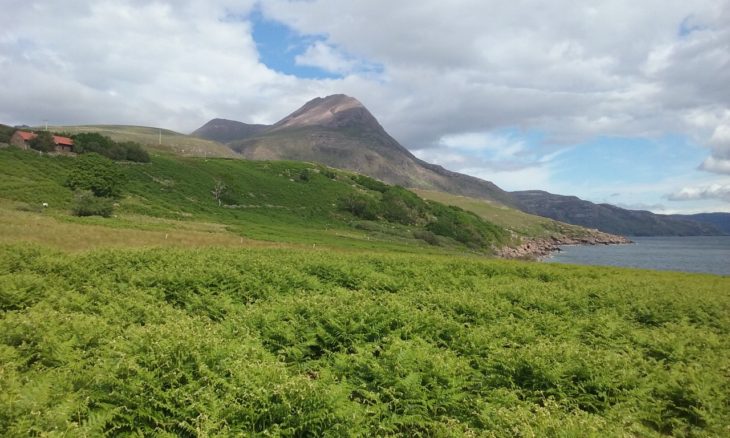Jonny Hughes: Investment is needed to get Scots outside
As a nation it seems we are getting out in the countryside more often than was the case a decade ago. Visits to the outdoors is one of the Scottish Government’s 81 national performance indicators, measured by the proportion of adults making one or more visits to the outdoors per week. Back in 2006 this indicator stood at 44% but in recent years it has crept up to a slightly healthier 52%.

That’s something to be welcomed but in comparison to some of our European neighbours we are still way down the rankings. How might we go about getting more people experiencing the great outdoors regularly? One way might be to invest in a bigger and better network of long and short distance walking trails throughout the country, accessible to different abilities and needs.
There is no doubt in the past 30 years, paths in Scotland have improved. Scottish Natural Heritage reports that there are now 29 long distance routes, collectively branded as Scotland’s Great Trails, which total 2,913km in length. That sounds impressive but Switzerland, a country half the size, has 6,000km interconnected national, regional and local routes, including 67 that are fully accessible.
Other European countries have similar set ups with clear branding, way marking, well designed information, books, maps and details of accommodation on route. By contrast, such information can be difficult to track down in Scotland, especially in areas off the beaten tourist trail.
Cash-strapped local authorities have struggled to make the necessary investment in the estimated 20,000km of core paths and, as a result, these have largely failed to deliver their potential since being introduced with fanfare under the 2003 Land Reform (Scotland) Act.
Less than 5% of core paths are newly created and many of them remain paths to nowhere. Crucially, core paths don’t appear in a consistent way on Ordnance Survey maps as is the case in England and Wales. The pattern of red dotted lines on OS maps south of the border adds up to a phenomenal 225,000km and connects almost every hamlet, village and town by foot. A couple of summers ago I walked 130 miles with my family following these friendly red lines across Surrey and Kent. Only once, or perhaps twice, did we lose the trail.

But while England and Wales have their public footpaths, Scotland has ‘proper’ hills and a right to roam enshrined in law. The freedom to wander and camp anywhere in our mountain landscapes unhindered is, for many, one of the reasons quality of life in Scotland is so exceptional. Yet walking through the lowlands can be just as rewarding as hauling yourself up (yet another) Munro. The lowlands contain a wealth of historic heritage along with a wider variety of natural habitats than many denuded Highland hillsides.
Two areas of investment could yet unlock Scotland’s potential to be a leader in the provision of world class walking routes. First is for the Scottish Government to ensure a high-quality, interconnected core path network that links both lowland and upland communities is put in place within a decade. It may never rival the famous red dotted lines of England’s shires, but it could and should be so much better than what we have now.
Second, we desperately need some pit stops. Norway has over 500 well-equipped, warm and safe public cabins connected by excellent paths. In Scotland we have around 100 almost comically romantic, but extremely basic, mountain bothies. If hillwalkers could walk from cabin to cabin they would stay longer in the Highlands, spend more money in the local economy and have deeper, richer experiences traversing Scotland’s spectacular landscapes.
Jonny Hughes, Chief Executive.
This piece first appeared in The Scotsman on 22 January 2019.
Help protect Scotland’s wildlife
Our work to save Scotland’s wildlife is made possible thanks to the generosity of our members and supporters.
Join today from just £3 a month to help protect the species you love.
Preface
As a nation it seems we are getting out in the countryside more often than was the case a decade ago. Visits to the outdoors is one of the Scottish …
